Are You a Scientist?
From the archive
Are you a scientist? Most people would be quick to answer “no” about themselves. But in reality, we are all natural scientists and practice science in our everyday lives. We are born experimenters: from the baby who puts things in her mouth, to the child who is always asking “why?,” to the adult looking for new ways to solve a problem on the job.
At Discovery Museum, we want kids to learn that science is not a “thing.” It’s a process and a way of thinking. Science is based on evidence: seeking it, testing for it, accepting or rejecting an idea based upon it, reflecting on what we’ve learned.
We’ve somehow gotten the notion that to be a scientist you have to be especially smart and know a lot of facts. I often hear people, even young children, say “I’m not good at science,” or “science is hard.” People sometimes see science as a collection of immutable truths rather than as a creative and evolving process.
As a biochemist by training, I too once thought that the word “scientist” was reserved for people working in labs. Because I enjoyed science and couldn’t draw well, I thought I couldn’t also be an artist. In reality artists and scientists both draw from an overlapping set of skills. An artist is the ultimate materials scientist, who pushes the limits of her medium to create something new, just as a scientist pushes the limits of knowledge to understand how the world works.
We see this same process in action every day at the Museum. With our exhibits, we try to create an environment that encourages curiosity with materials that invite exploration. We’re not telling kids exactly what they should do or giving them “the answer.”
With our Tinker Tracks, for example, we provide magnetic tracks, tubes, and funnels that kids can use to create ball runs. In effect, kids design their own challenges and experiments and test out hypotheses for how to make the balls move in different ways. I once heard a child say “it needs more up!” In this delightful, childlike way that boy noticed a variable: that changing the tilt of the track changed the speed of the ball. One of the best things to see is a child lose track of time exploring, or to draw another child or adult into their discoveries, then walk away excited about the experience.
Through their play, kids are problem solving, thinking critically, and demonstrating curiosity and persistence — all skills that will help them learn and set their own challenges and goals.
We have no idea what job opportunities the kids of today will have in the future. But what we can do now is encourage them to keep thinking like scientists, knowing that the skills they learn will benefit them in whatever profession they pursue years from now.
Top photo courtesy of Raytheon
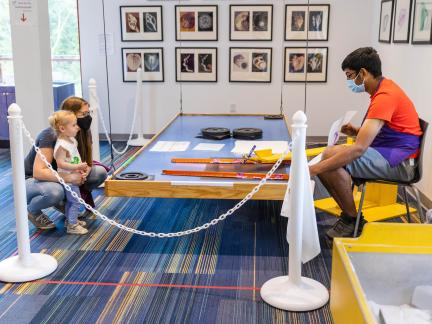
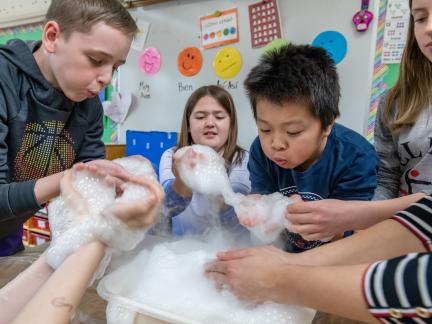
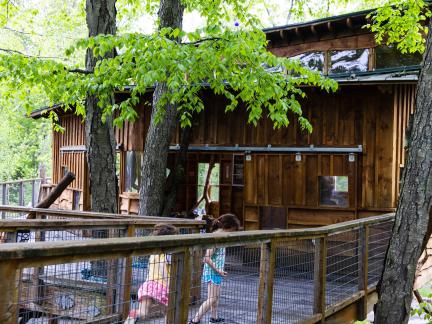


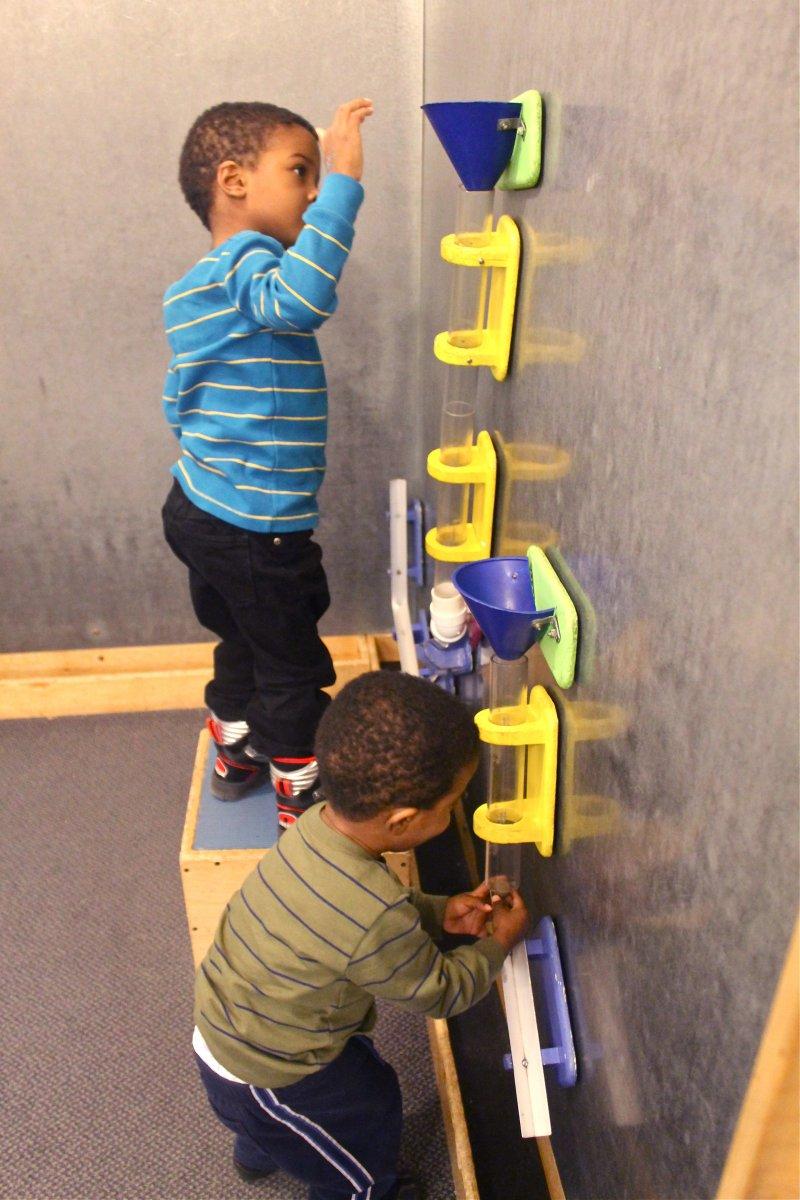
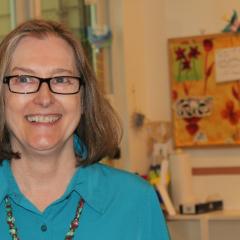
Comments
Add new comment